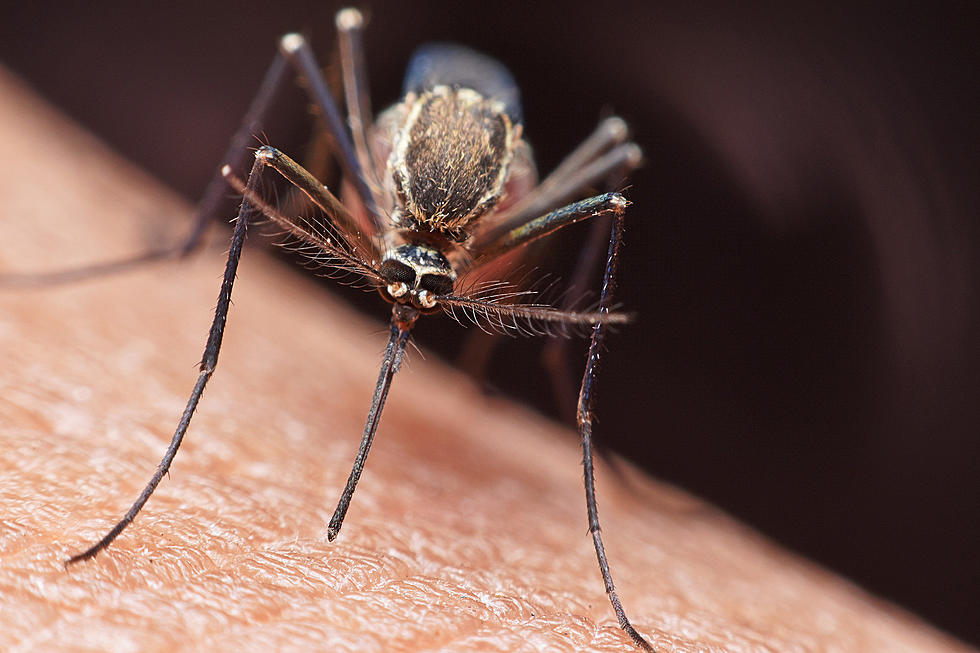
West Nile Virus Found in Mosquitoes in Burbank
The first detection of West Nile Virus in the state has been confirmed in Walla Walla County. The virus was detected in mosquitoes from Burbank.
The Washington Department of Health is reminding residents to avoid mosquito bites and to eliminate standing water where mosquitoes can breed.

Infected mosquitoes can spread the virus to humans. Most people who have been infected with the virus do NOT get sick. Approximately 1 in 5 people may develop a fever or other symptoms that go away without medical treatment.
Some people (About 1 in 150) who are infected with West Nile Virus experience permanent neurologic effects or death. People over 60 with certain medical conditions are most at risk.
According to a release from the Department of Health, there are some simple precautions to protect yourself against mosquitoes.
Use an effective, EPA-registered insect repellent.
Wear long sleeves, long pants, and socks when outdoors.
Limit time outside from dusk to dawn, when mosquitoes are most active.
Mosquito-proof your home by installing or repairing screens on windows and doors to keep mosquitos outside.
Eliminate mosquito-breeding areas by disposing of standing water from flowerpots, gutters, buckets, pool covers, pet water dishes, discarded tires, and birdbaths.
Before traveling, learn about the risks of mosquito-borne disease at your destination.
The common symptoms of West Nile Virus are:
Fever
Body aches
Headache
Vomiting
Fatigue
Diarrhea
Fatigue
Skin rash
LOOK: Stunning animal photos from around the world
WATCH OUT: These are the deadliest animals in the world
LOOK: The most expensive weather and climate disasters in recent decades
More From 102.7 KORD









